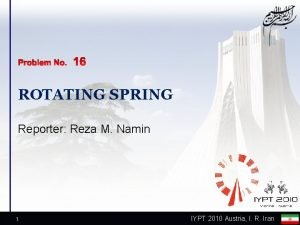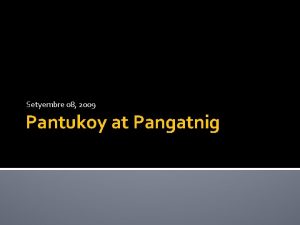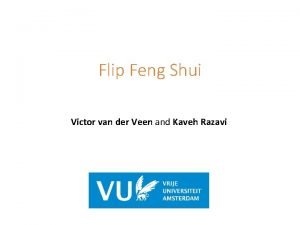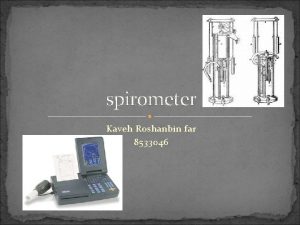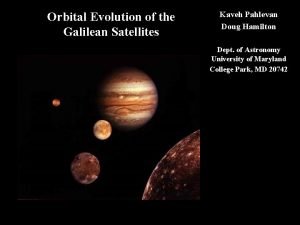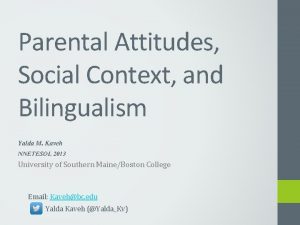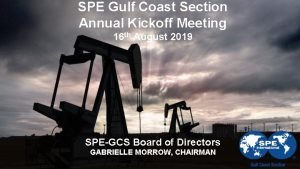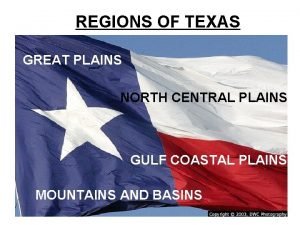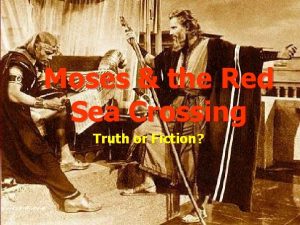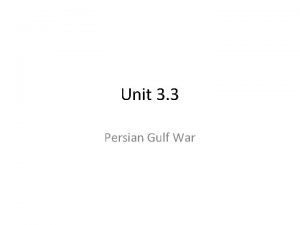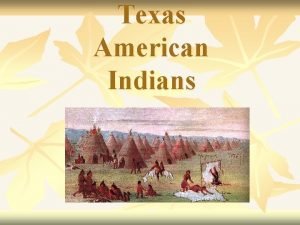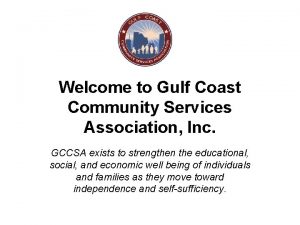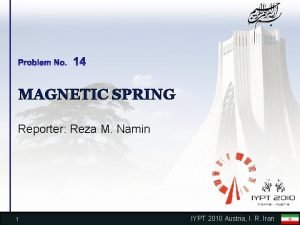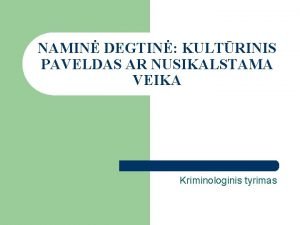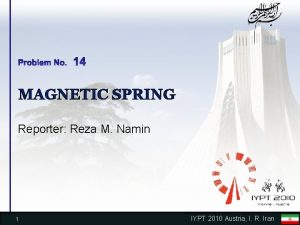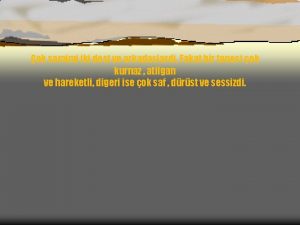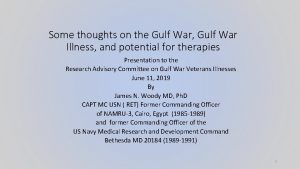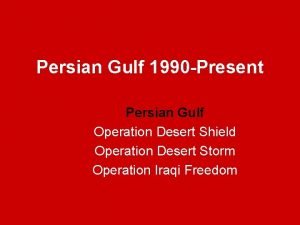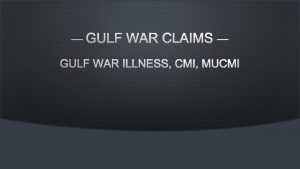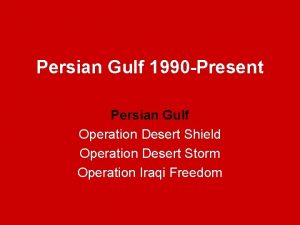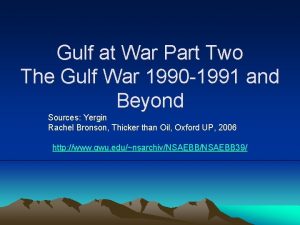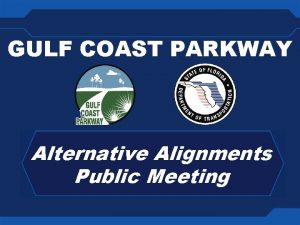Octocorals in the Gulf Kaveh Samimi Namin Department






















- Slides: 22

Octocorals in the Gulf Kaveh Samimi Namin Department of Marine Sciences, Khoram-Shahr University of Marine Sciences and Technology, Khuzestan province, Iran

Introduction : Phylum Cnidaria Class Anthozoa Subclass Octocorallia Order Alcyonacea

Specific characteristic of soft coral: • Each polyp bears eight hollow tentacles , which are fringed on both sides by one or several rows of pinnules.

What we know already ? • History of research about corals back to year 1911 by Harisson , Rosen 1971, Danish scientific investigations 1934, Harington 1976, Harger 1984, Sheppard 1991, in 1992 Shepperd reported Dendronephthya in west coast of Musandam. • He noted that the Gulf is almost completely lacking in soft coral. • In status of coral reef of the world 2004 , Rezai reported three genera of octocorallia ( Dendronephthya , Sarcophyton , Subergorgia ) from 7 islands that have been surveyed through 10 years.

The coral reefs area in Iranian part :

About this study

East coast of Kish island during summer and autumn 2005. ( Why east coast ? Because nobody fund this project, so east coast was easily accessible. )

Now, this study is doing in Hengam island. (in all coasts) All around this island is about 50 km. Every 1 -2 km will be checked. Now, north and west coasts are finished.

Material and Methods: Underwater surveys is do with SCUBA diving. Each survey start from seashore to depth around 40. (Depends on the sea floor profile) What data recorded : • Physical parameters such as salinity, turbidity , temperature • Substratum sampling for later sediment analysis.

Results: Some new records !

Family Plexauridae: Menella sp. Gray, 1870 Colony shape: Branched and whip like Sclerites: The characteristic sclerites form is leaf scale with tuberculate structure at one tip. the thorn scales of calyces with single , long spine from warty base. Habitat: Depth around 12, clear water, sandy rocky substratum.


Family Ellisellidae: Junceella sp. Valenciennes, 1855

Colony shape: Unbranched, whiplike Sclerites: Surface have club shape Habitat : Sandy and muddy bottoms

Family Plexauridae : Echinomuricea sp. Verrill, 1869

Colony shape: branched Sclerites : The major are thorn scales of the calyces with single, long spine from warty base. Habitat : Depth was around 12 m, with clear water ( visibility 8 m)

Family Plexauridae : Dendronepthya sp. Kukenthal, 1905 Polyps: Monomorphic and not retractile Colony shape: bushy Habitat : depth above 10 , with clear water ( visibility 8 m)

Main threatening factors: • Collecting for ornamental uses !!! • Trawling for harvesting shrimp and fishes • Pollution

What’s the problem for study about them ? ? ? • Almost all of these studies are about hard corals, and there is not specific study on soft corals !!! • We don’t know what we have in the Gulf !!! So how can we conserve something that we don’t have any information about that !!!

What’s the problem ? ? ? • There aren’t any scientific reports. Many local students have not published their works in international journals or symposiums, so finding this information in local unspecific magazines is very difficult. • Organizations that finance such taxonomic projects are too limited.

I would like to thank WWF for inviting and supporting me And also Dr. Leen Ofwegen for all of his supports

Thank you for your attention
 Ceema samimi
Ceema samimi Contoh gulf of evaluation and gulf of execution
Contoh gulf of evaluation and gulf of execution Pinakasikat na tula sa pilipinas
Pinakasikat na tula sa pilipinas Reza namin
Reza namin Juego de prenda halimbawa
Juego de prenda halimbawa Ito ay ginagamit sa paggupit ng tela
Ito ay ginagamit sa paggupit ng tela Halimbawa ng pangatnig sa pangungusap
Halimbawa ng pangatnig sa pangungusap Kaveh shojania
Kaveh shojania Kaveh razavi
Kaveh razavi Kaveh
Kaveh Kaveh feliciano
Kaveh feliciano Kaveh roshanbin far
Kaveh roshanbin far Kaveh pahlevan
Kaveh pahlevan Yalda kaveh
Yalda kaveh Spe gulf coast
Spe gulf coast Coastal plains major cities
Coastal plains major cities Nuweiba land bridge
Nuweiba land bridge Kahoot.it
Kahoot.it Gulf culture
Gulf culture Scope of aquaculture
Scope of aquaculture Gulf coast odyssey of the mind
Gulf coast odyssey of the mind Gulf coast community services association
Gulf coast community services association Osler node
Osler node



